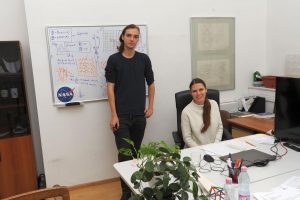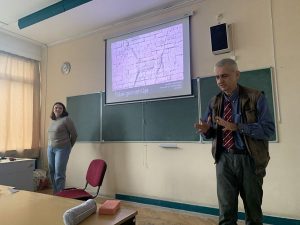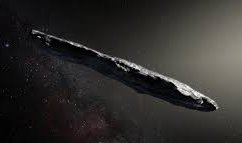Our main focus are mathematical and physical models of shape evolution with emphasis on geophysical and planetological applications, such as sand grains, pebbles, ventifacts, rock profiles, asteroids.

Our research group, founded in 2017, operates at the Budapest University of Technology and Economics and it is supported on a 5-year (2022-2027), renewable special grant from the Hungarian Research Network (formerly Eötvös Loránd Research Network). Our goal is to collect, develop and apply existing mathematical models and test the models versus existing and self-produced experimental and field data. Ultimately we would like to gain insight on geophysical history based on current size and shape measurements.
Recent activity related to our research group including student projects, publications and workshops. Click on the titles to read more.
János Török and Krisztina Regős are ranked 31st and 92th among all lecturers of BME. Congratulations!
Gergő Almádi, student of the research group was awarded by József Nádor Prize on 12th March.
 Krisztina Regős and Gergő Almádi talk about their research experiences and motivation.
Krisztina Regős and Gergő Almádi talk about their research experiences and motivation.
 A series of scientific informative lectures for interested high school students is organized by HUN-REN Morphodynamics.
A series of scientific informative lectures for interested high school students is organized by HUN-REN Morphodynamics.
 It is related to the research on the elongated shape of Oumuamua.
It is related to the research on the elongated shape of Oumuamua.
 A public lecture has been presented within the framework of
A public lecture has been presented within the framework of
At this year’s Institutional Scientific Students’ Associations Conference at the Budapest University of Technology and Economics, five presentations were related to Morphodynamics: Máté Szondi (1st Prize + Pro Progressio Special Prize), Gergő Almádi (1st Prize), Gergő Almádi and Eszter Ferencz (3rd Prize), Kinga Kocsis (Special award of the Department of Geometry and Morphology + Special… Continue Reading Institutional Scientific Students’ Associations Conference 2023
 A public lecture has been presented within the framework of
A public lecture has been presented within the framework of